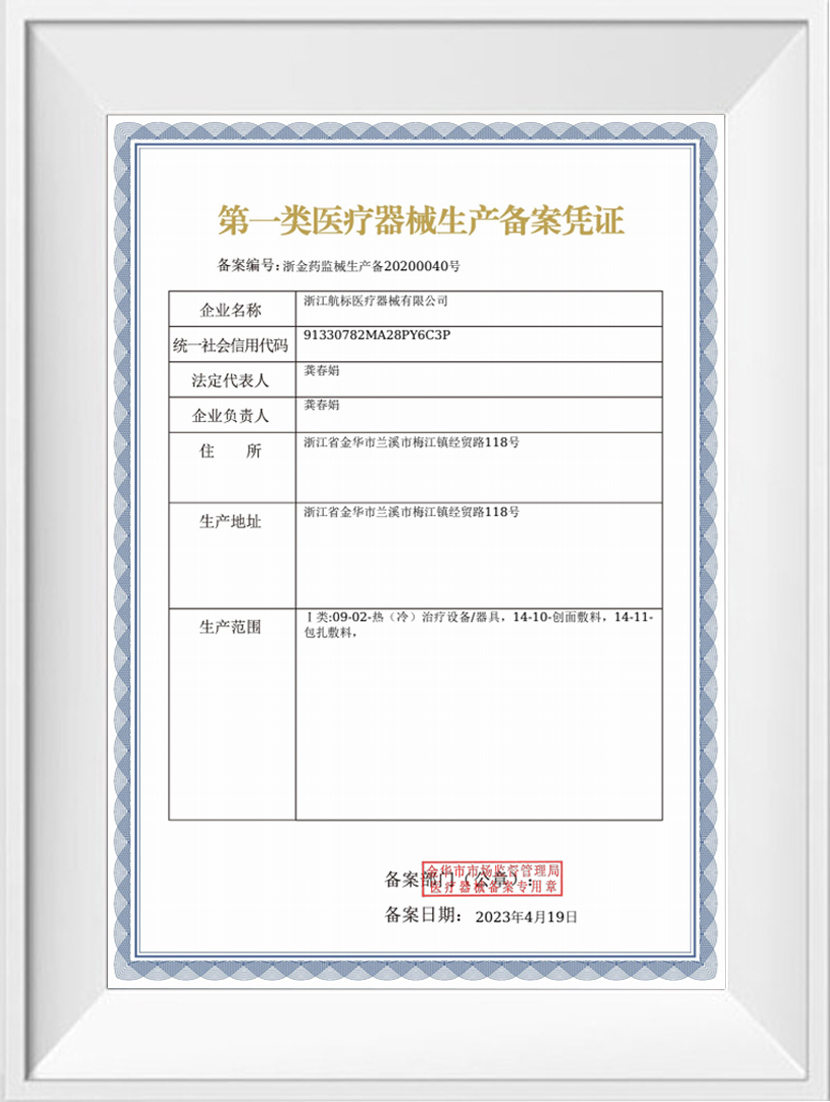Understanding the Sensitivity of Facial Skin
The face is one of delicate and exposed parts of the human body. Facial skin tends to be thinner, more sensitive, and more reactive to topical treatments than other areas. Additionally, it's subject to constant movement and environmental exposure, such as sun, wind, and pollutants. Any treatment applied to the face, especially for scar care, must be gentle, safe, and non-irritating.

What Makes Silicone Scar Reducing Tape a Consideration
Silicone Scar Reducing Tape is widely regarded for its non-invasive approach to managing scars. It works by maintaining moisture, softening scar tissue, and creating a protective barrier that promotes healing. Because it contains no active chemicals, dyes, or fragrances, it is generally considered hypoallergenic and suitable for skin types—including sensitive ones.
Safe for Use on the Face
In many cases, Silicone Scar Reducing Tape is indeed appropriate for use on facial scars. Whether the scar is the result of surgery, acne, injury, or cosmetic procedures, silicone tape can help improve its appearance over time. Its smooth surface reduces irritation, and its breathable design prevents sweat or oil from becoming trapped underneath, which is particularly beneficial for facial application.
Adhesion and Comfort on Sensitive Areas
One of the primary concerns when using any product on the face is whether it will adhere properly without causing discomfort or skin damage. High-quality silicone tape is designed to be gentle yet adherent, sticking securely without pulling or tearing delicate skin upon removal. Many products are flexible and can conform to facial contours, such as around the jawline, cheekbones, or near the eyes.
Reducing Visibility and Disruption
For users concerned about aesthetics, many silicone tapes come in translucent or skin-tone shades that blend discreetly with facial skin. This makes it easier to wear during the day, even in public, without drawing unwanted attention. Furthermore, the low profile of the tape allows it to be worn under makeup or glasses in some cases, making it a practical option for continuous use.
Precautions and Practices
Despite its general safety, there are a few practices when using Silicone Scar Reducing Tape on sensitive areas like the face. It’s important to patch-test a small area before applying the tape to a larger portion, especially for those with known sensitivities or a history of allergic reactions. Also, the tape should only be applied to fully healed wounds—never on open cuts, infections, or inflamed areas.
To avoid irritation, users should gently cleanse the face before application and remove the tape slowly after use. If redness, itching, or burning occurs, use should be paused and a dermatologist consulted. Most users find success wearing the tape overnight or for a few hours each day, gradually increasing wear time as the skin adjusts.
Clinical Support for Facial Use
Dermatologists often recommend silicone-based scar treatments for facial areas, especially after surgeries like rhinoplasty, eyelid surgery, or mole removal. Silicone Scar Reducing Tape offers a stable, consistent treatment environment that creams or gels may not maintain on a mobile and expressive area like the face. Its proven effectiveness and low irritation potential make it a go-to option in many post-procedure care plans.
Conclusion
Silicone Scar Reducing Tape can be safely and effectively used on the face and other sensitive skin regions when applied correctly and with care. Its gentle adhesive, non-irritating material, and ability to conform to facial contours make it a good option for those looking to improve the appearance of facial scars. With appropriate precautions and consistent use, users can achieve visible scar reduction without compromising skin health or comfort.



